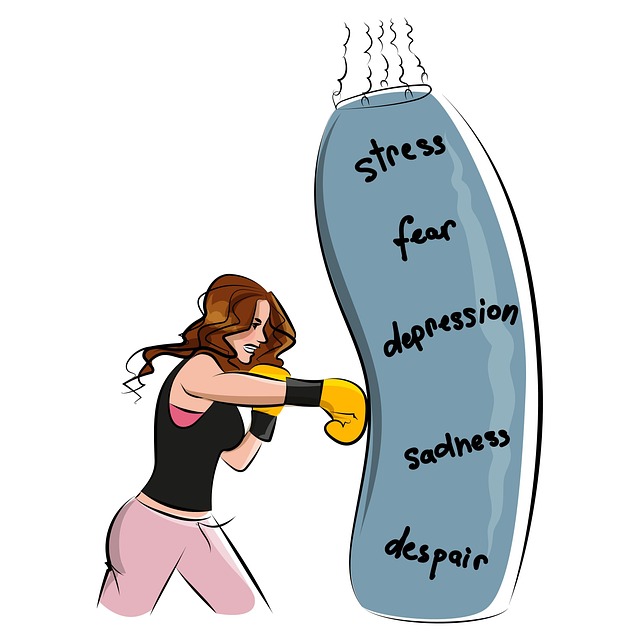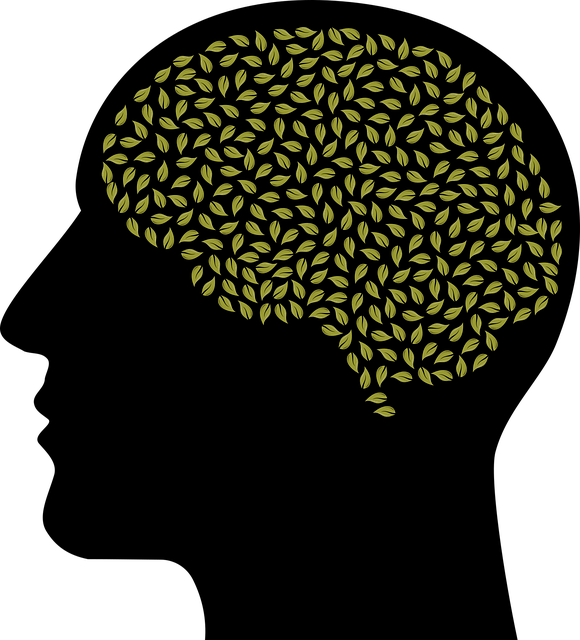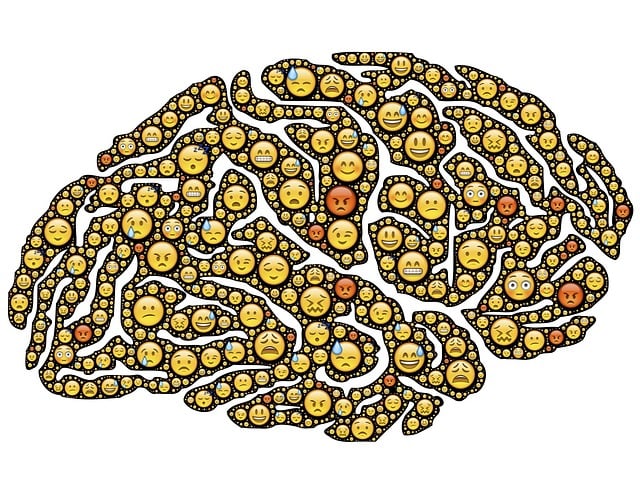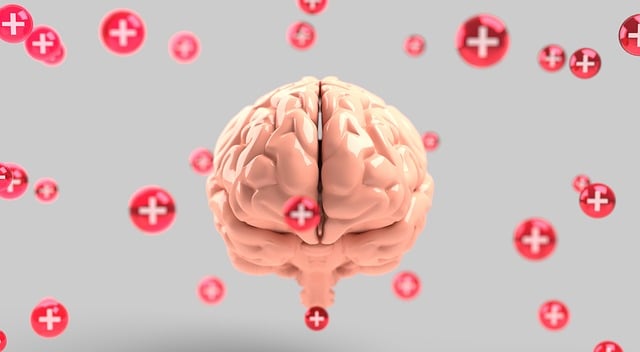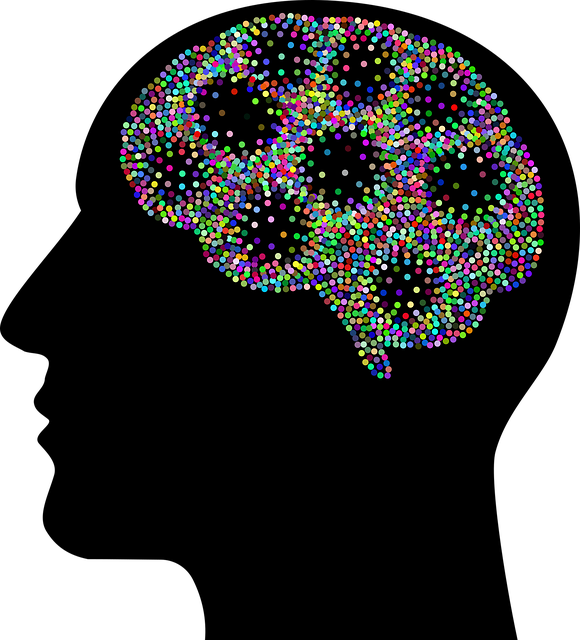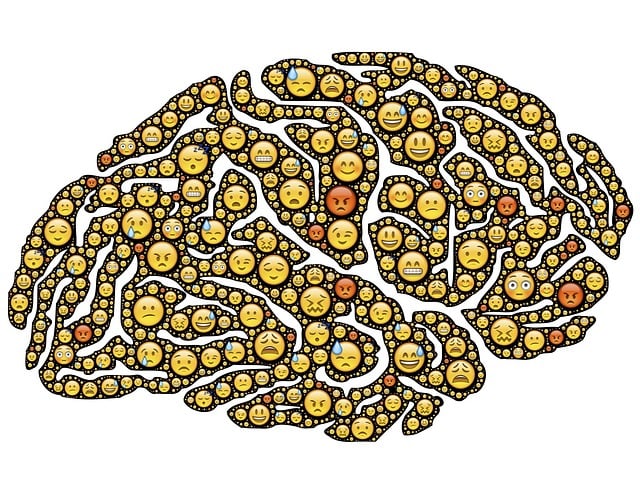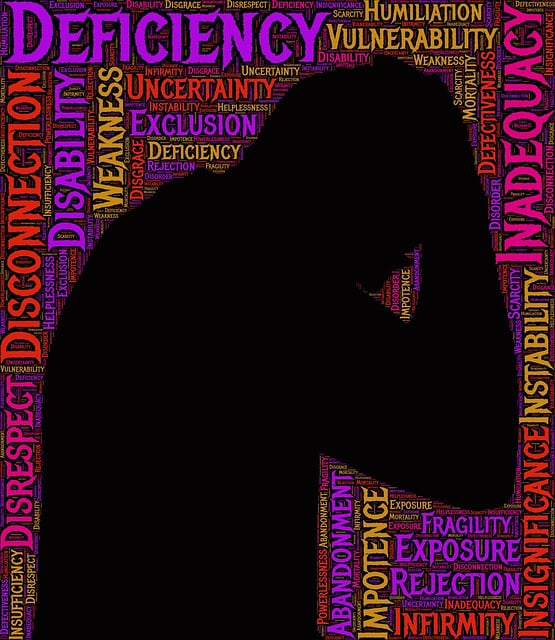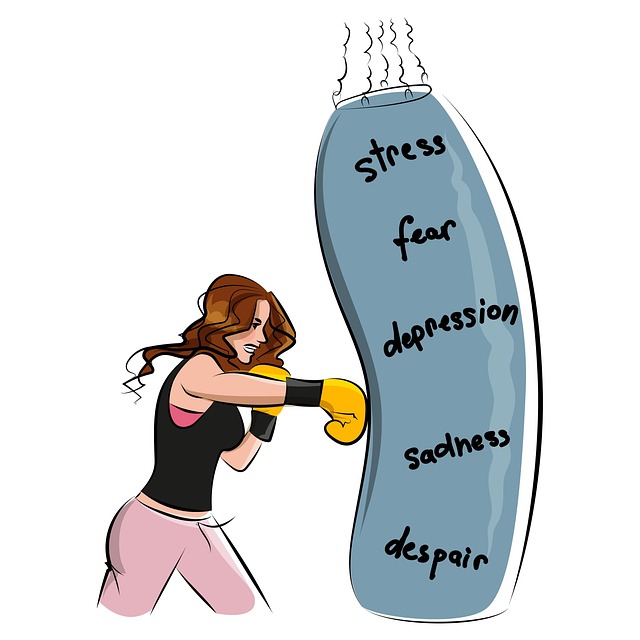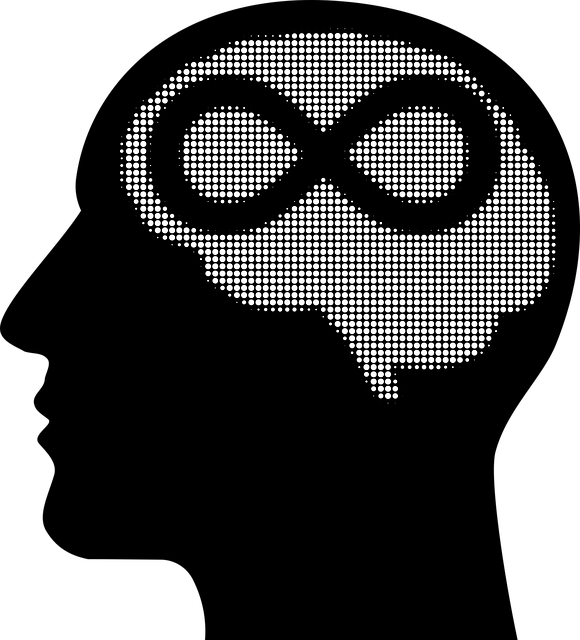Broomfield Panic Disorder and Anxiety Attacks therapy requires understanding genetic, neurobiological, and environmental triggers through risk assessments, combining cognitive-behavioral therapy, mindfulness, and lifestyle adjustments. A comprehensive mental wellness app addressing these disorders should offer personalized therapeutic journeys with customizable plans including stress management tools, mindfulness exercises, exposure therapies, progress tracking, educational resources, and live chat sessions for emotional healing and accessibility. Development involves audience research, evidence-based design, adaptive algorithms, regular updates, robust security, and user feedback integration to effectively treat Broomfield Panic Disorder and Anxiety Attacks.
In today’s fast-paced world, mental wellness apps offer accessible solutions for managing conditions like Broomfield Panic Disorder and Anxiety Attacks. This article delves into the development process of such apps, highlighting key features essential for effective therapy. From understanding the target condition to incorporating evidence-based practices, we explore what goes into creating a successful app tailored for Broomfield Panic Disorder and Anxiety Attacks therapy.
- Understanding Broomfield Panic Disorder and Anxiety Attacks
- Key Features of a Mental Wellness App for Effective Therapy
- Development Process and Considerations for Success
Understanding Broomfield Panic Disorder and Anxiety Attacks

Broomfield Panic Disorder and Anxiety Attacks are common yet profound mental health challenges that impact a significant portion of the population. This disorder involves sudden, intense fear or discomfort that peaks within minutes, often characterized by physical symptoms such as rapid heartbeat, sweating, and shortness of breath. These episodes, known as panic attacks, can be debilitating and reoccur unexpectedly, leading to anxiety about future attacks, which in turn reinforces a cycle of fear.
Understanding the underlying causes, such as genetics, neurobiology, and environmental factors, is crucial for effective Broomfield Panic Disorder and Anxiety Attacks Therapy. Emotional Intelligence plays a pivotal role in managing these conditions, helping individuals recognize and regulate their emotions during an attack. Additionally, mental health professionals should consider a comprehensive Risk Assessment to tailor interventions that may include cognitive-behavioral therapy, mindfulness techniques, and lifestyle adjustments aimed at preventing depression and mitigating anxiety symptoms.
Key Features of a Mental Wellness App for Effective Therapy

A mental wellness app designed for effective therapy, particularly for Broomfield Panic Disorder and Anxiety Attacks, should incorporate several key features. Firstly, it needs to offer personalized plans tailored to individual needs, ensuring that each user receives specific support for their unique challenges. This could include customized routines for stress management, mindfulness exercises, and gradual exposure therapies to help users confront and overcome anxiety-related issues.
Additionally, the app must facilitate accessible emotional healing processes through integrated tools such as Mindfulness Meditation practices, tracking progress, and providing educational resources on mental health. Encouraging Self-Care Routine Development is another vital aspect, enabling users to build healthy habits that contribute to better mental health. Features like live chat or virtual counseling sessions can also enhance connectivity, making therapy more engaging and effective.
Development Process and Considerations for Success

The development process for a mental wellness app, focusing on conditions like Broomfield Panic Disorder and Anxiety Attacks Therapy, involves several key considerations. Firstly, understanding the target audience’s needs is paramount. Conducting thorough research to identify specific challenges faced by individuals dealing with anxiety and panic attacks is essential. This includes gathering insights on what features would be most beneficial, such as tools for emotional regulation, social skills training, and coping skills development.
Next, designing an intuitive user interface that promotes engagement and consistency is crucial. Incorporating evidence-based therapeutic techniques and adaptive algorithms can personalize the experience, ensuring users receive tailored support. Regular updates based on user feedback and advancements in mental health research are also vital to maintaining the app’s effectiveness. Additionally, integrating privacy and data security measures is essential to build trust among users dealing with sensitive information related to their mental wellness.
The development of mental wellness apps offers a promising approach to supporting individuals suffering from conditions like Broomfield Panic Disorder and Anxiety Attacks. By incorporating key features such as mindfulness exercises, cognitive-behavioral therapy techniques, and personalized tracking tools, these applications can provide accessible and effective therapy. A successful app development process involves careful consideration of user experience, data privacy, and collaboration with mental health professionals to ensure evidence-based practices. With the right approach, mental wellness apps have the potential to revolutionize access to care and improve the lives of those struggling with anxiety-related disorders.

